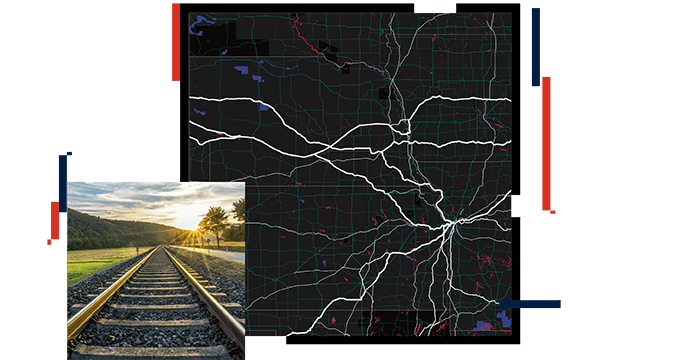Rapid response to incidents
Significantly improve response time and recovery in and around an incident by having comprehensive knowledge about the conditions. ArcGIS Living Atlas of the World provides valuable environmental information about wetlands, drainage, community surroundings, and weather, which are crucial for incident response. First responders and emergency operations centers can directly access this information to make well-informed decisions.






